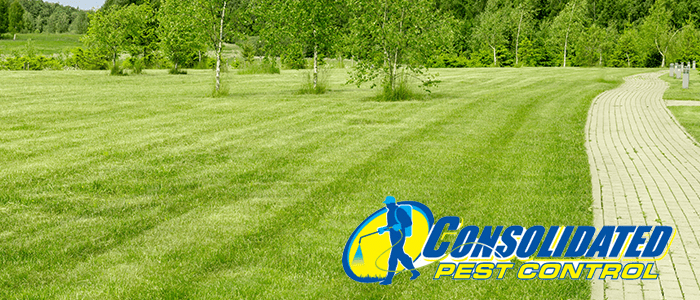
Amateur Bed Bug Control
If you’re interested in learning how to perform your own DIY Bed Bug Control, then keep reading—Taking these steps allows you to gain a greater understanding of bed bugs and how to control them. This method is useful for many other infestations that may occur in your home as well.
Can You Actually Do It Yourself?
The most straightforward answer is yes: you can control bed bugs on your own. However, this should not lead one to assume that doing so will be an easy task—it won’t! In some cases, it can be cheaper to do your own pest control than hire professionals. However, the likelihood of success may vary based on individual factors.
The first step to controlling bed bugs on your own is to become educated about the problem. You should also familiarize yourself with various methods for controlling these pests, as well as their life cycle. This will help you make an informed decision about whether or not it’s worth doing your own pest control.
Step 1: Identifying a Problem
You may think you know what a bed bug looks like, but to be perfectly sure, you’re going to want to positively identify the problem pest. If you can, either catch a live one or collect a dead one of your unwelcome houseguest show it to an extension agent or other insect expert. They will know your local area and pest control, and will usually identify the pest at no cost to you.
If whoever you’ve brought the sample to makes a positive I.D of the pest as a bed bug, immediately notify your landlord if you live in an apartment, as the units near yours should be inspected for bed bugs as well. Be sure to check the housing codes in your area, as your landlord may be obligated to participate in treatment. You should also inspect areas you suspect may have bed bugs and the surrounding living areas to get an idea of the extent of the infestation.
Making Bed Bug Control Plans
It is always good to have a plan, and your bed bug eradication strategy should include one. When creating this schedule for yourself, be sure that it includes any vacations or other personal plans you may have in the near future so you can make adjustments accordingly.
A schedule is also helpful because it will help you stay on track. When you have a plan in place, it’s easier to make sure that you don’t miss any important steps and end up with the bed bugs still lurking in your home.
Controlling Spread
To get rid of bed bugs, fill cracks and crevices with silicone caulk. You’ll also need to remove items that are infested—like couches or chairs—and seal them in plastic bags so you can treat them later. The best way to prevent bed bugs is to encase mattresses and box springs in protective covers that will seal when vacuumed after each use. Discard the bag immediately, sealing it tightly and throwing it away outside.
If you decide to get rid of any furniture, be sure to discard it in such a way that no one else will think about bringing it into their home. One method is to rip the covers off and stuff them with newspaper before throwing them away; another is destroying supports so they cannot hold up weight. Spray painting “bed bugs” on the furniture provides an unmistakable warning against taking these items inside your home.
If you discard anything, have it picked up by trash collection as soon as possible; and try not to get rid of any furniture if bed bugs could be hiding in the woodwork.
Conclusion for DIY Solutions
With that, you’re free to begin your adventure in bed bug control! Be sure to check our website at Consolidated Pest Control for more helpful tips and tricks. These are just the beginning steps, actually controlling them varies by so many countless methods, that it is better to gather some varied tricks instead of just one article.








